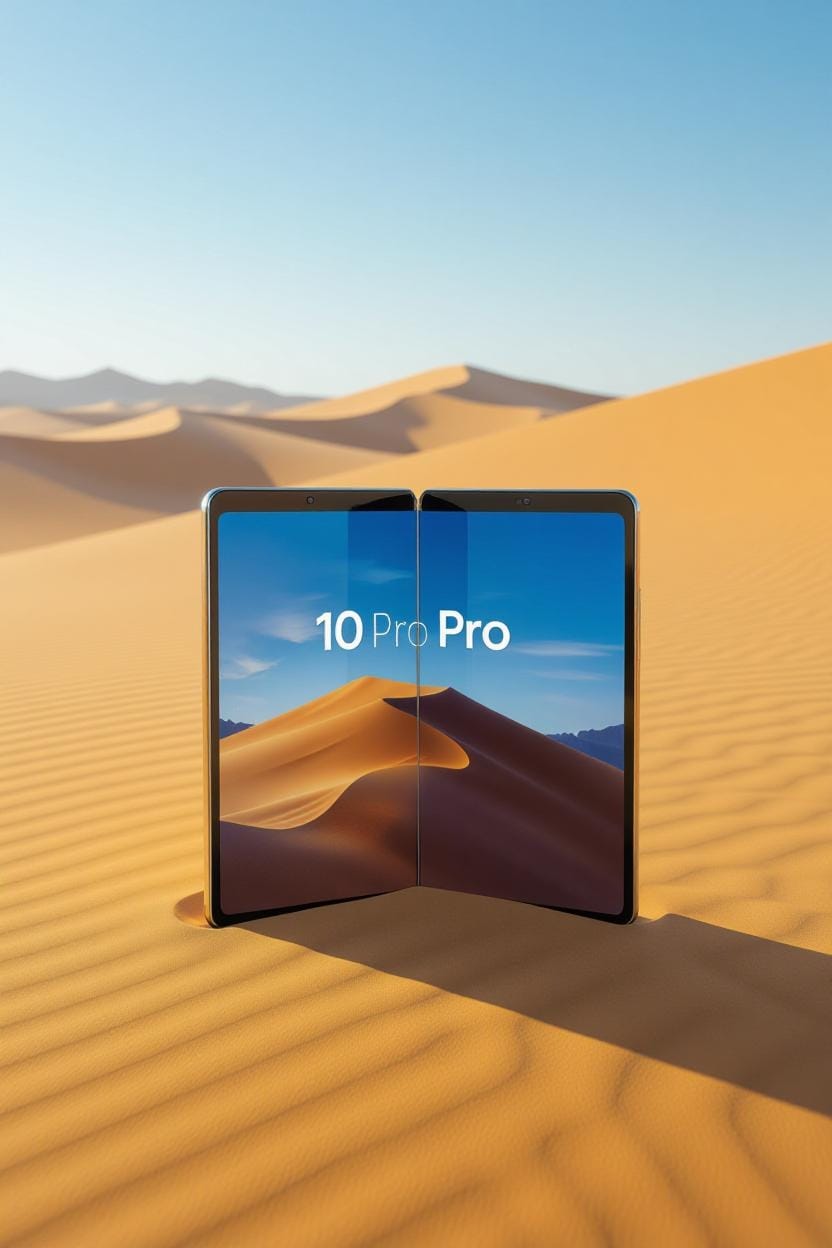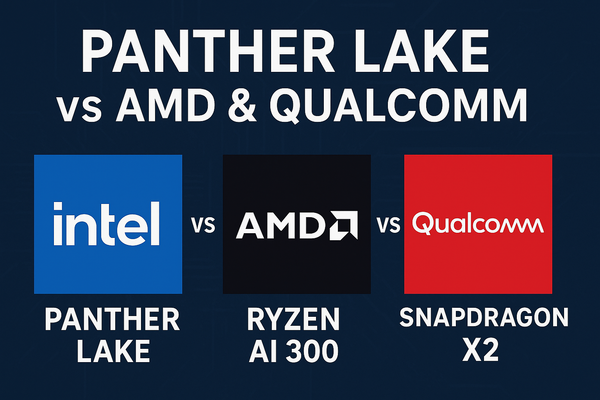Pixel 10 Pro Fold vs Galaxy Z Fold 6 — The Foldable Face-Off of 2025
Google’s Pixel 10 Pro Fold challenges Samsung’s Galaxy Z Fold 6 with IP68 durability, brighter screens, and AI-powered Tensor G5 performance. Samsung still wins in multitasking polish, but Google’s foldable feels smarter, tougher, and ready for 2025.

Foldables have evolved from fragile prototypes into true all-day devices. This year, Google’s Pixel 10 Pro Fold arrives ready to go head-to-head with Samsung’s Galaxy Z Fold 6 — a brand that’s practically synonymous with foldables.
Both start around $1,799, both promise laptop-level productivity in your pocket, but they take different approaches. Let’s unfold (pun absolutely intended) what makes each one shine.
💪 Design & Durability
The Pixel 10 Pro Fold stands out immediately — matte finish, solid aluminum frame, and a slimmer hinge. It’s lighter than you expect at 215 g, but the real headline is IP68 water and dust resistance — something no other foldable offers yet.
Samsung’s Galaxy Z Fold 6 refines what it already mastered. It’s slightly thinner and feels polished, with a crease that’s barely noticeable. But it stops at IP48, which means don’t take it near a beach or a dusty trail.
👉 Verdict (if we can call it that): Pixel wins for ruggedness; Samsung wins for finesse.
🌈 Displays That Dazzle
Google packed an 8-inch OLED Super Actua Flex panel inside — bright, sharp, and buttery at 120 Hz, peaking around 3,000 nits. The cover screen is 6.4 inches, wide enough for texting or scrolling without feeling cramped.
Samsung counters with its 7.6-inch Dynamic AMOLED 2X display, equally smooth at 120 Hz, but a tad dimmer in sunlight. The cover display (6.3 inches) is narrower — fine for quick replies, but less natural for full typing.
🧩 Samsung still dominates in software optimization for multi-window layouts, but Google’s display hardware is brighter and more comfortable to use outdoors.
⚙️ Power & Performance
Under the hood, the Pixel 10 Pro Fold runs on the Tensor G5 chip, Google’s latest 3 nm AI-driven silicon, paired with 16 GB RAM. It’s tuned for on-device intelligence — live translations, context-aware replies, and smarter camera tricks.
The Galaxy Z Fold 6 uses the Snapdragon 8 Gen 3 for Galaxy, a performance monster with efficient thermal control. In sheer gaming or multitasking benchmarks, Samsung wins. But in smart features, Pixel’s AI shines brighter.
📸 Cameras: Zoom Wars
Google brings its A-game: a 48 MP main sensor, 10.5 MP ultra-wide, and a 10.8 MP telephoto with 5× optical zoom. The results? Crisp details and balanced colors even in dim light. AI processing polishes everything without overdoing it.
Samsung’s setup — 50 MP main, 12 MP ultra-wide, and 10 MP telephoto (3×) — still delivers vibrant, contrast-heavy shots, great for social sharing. But if you care about clarity or zoom reach, the Pixel edges ahead.
🔋 Battery & Charging
Here’s where Google flexes again. A 5,015 mAh battery keeps the Pixel running comfortably all day, while the Fold 6 sticks with 4,400 mAh.
The Pixel supports 30 W wired and Qi2 magnetic wireless charging, plus Pixelsnap accessories — a neat ecosystem move. Samsung’s 25 W wired charging feels a bit dated in comparison, though its reverse wireless feature is handy for earbuds or watches.
🤖 Software & Ecosystem
Samsung’s One UI Fold is years ahead in multitasking polish — drag-and-drop windows, app pairs, and polished split-screen gestures.
Google’s Pixel UI bets big on AI integration — Gemini Nano, Magic Cue, live call summaries, and even webpage summarization. Both brands promise seven years of Android updates, so longevity isn’t a concern.
If you love control and customization — go Samsung.
If you love automation and AI — go Pixel.
🏁 Final Thoughts
The Galaxy Z Fold 6 remains the foldable productivity king — polished, efficient, and familiar.
But the Pixel 10 Pro Fold is the smarter, tougher challenger — brighter screens, longer battery life, real waterproofing, and those AI smarts that make Android feel futuristic again.
2025 might just be the year Google finally caught up with Samsung in foldables — and maybe even nudged ahead.




